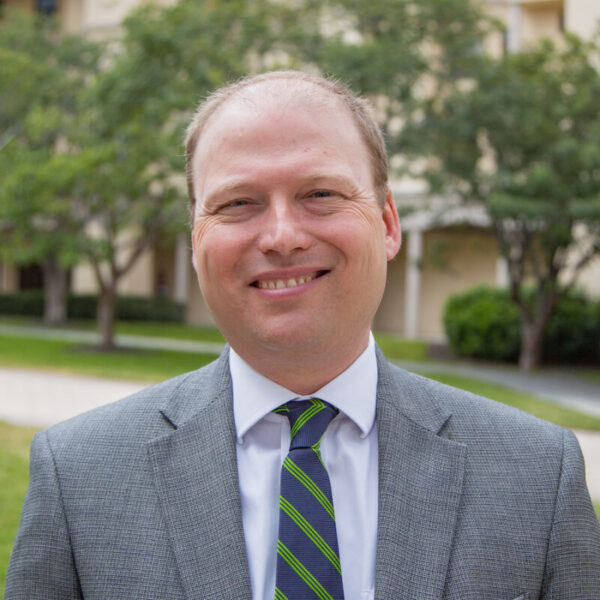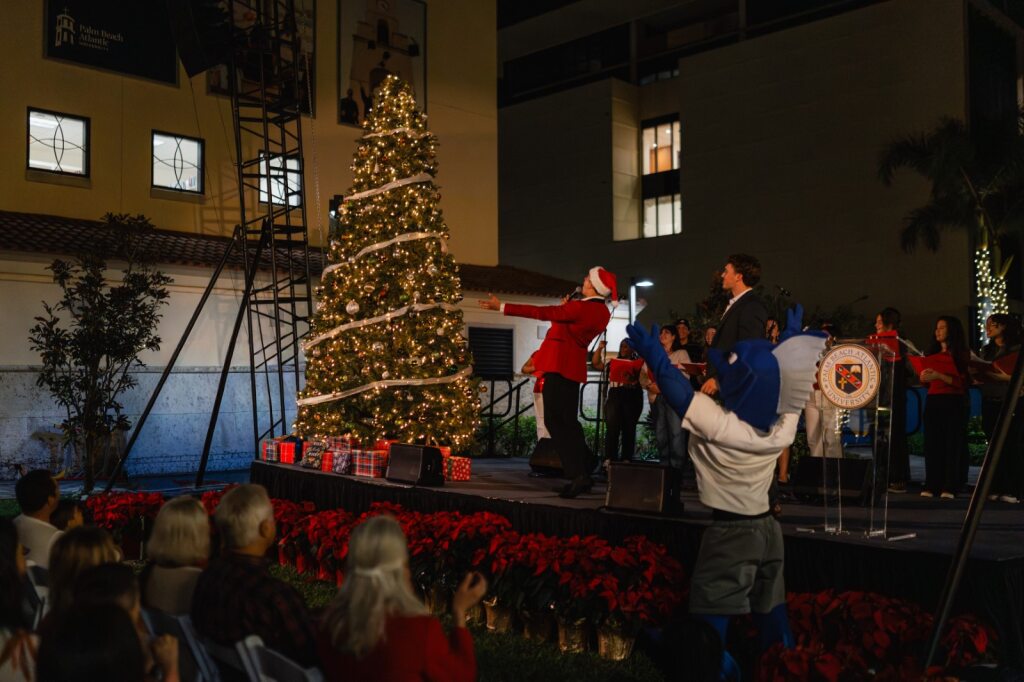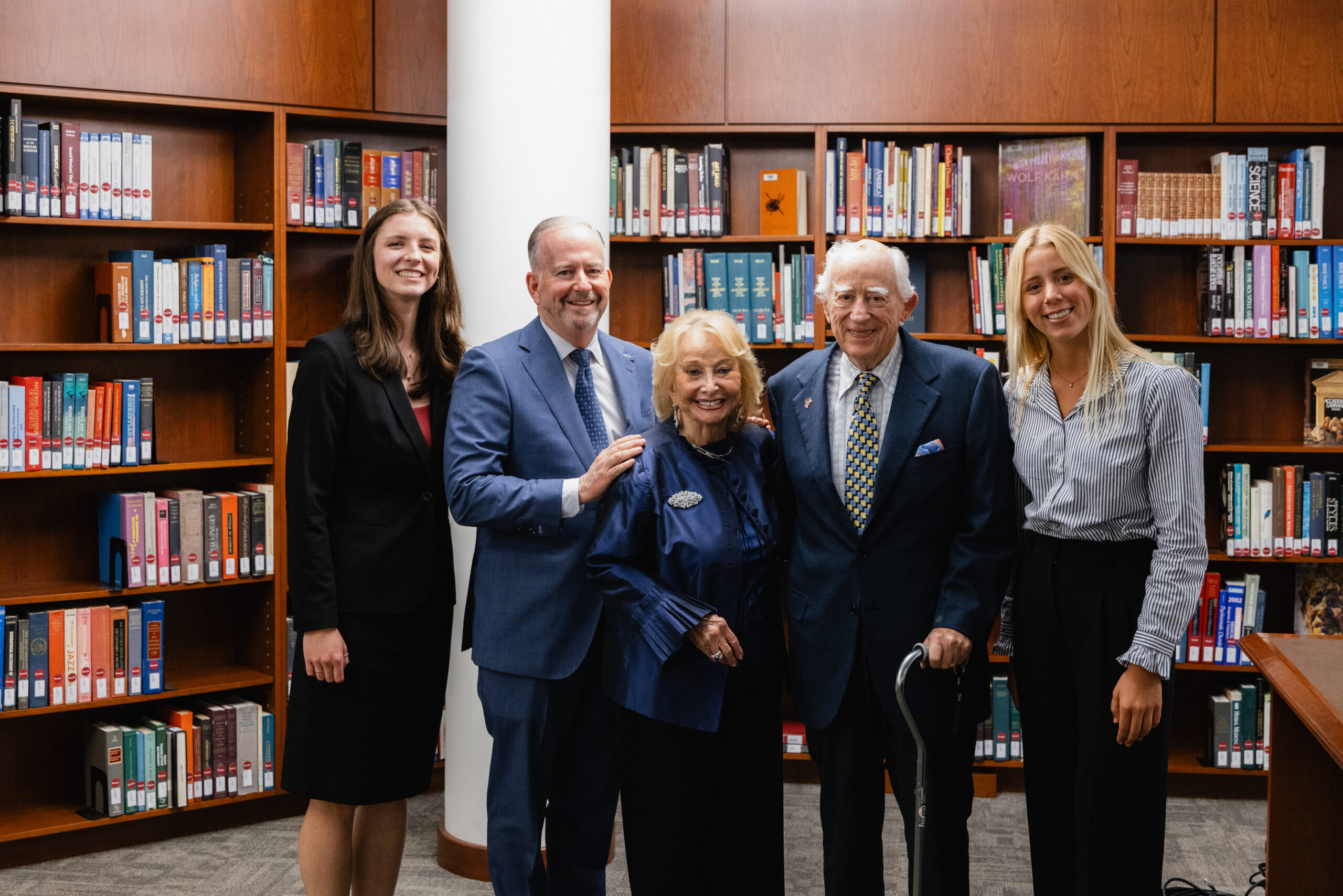At noon on Inauguration Day, January 20, Donald Trump will take the Oath of Office to become the 47th President of the United States.
Inauguration Day signifies the peaceful transfer of power in our Republic. Our first president, George Washington, was inaugurated in New York City in April of 1789. Like all presidents who followed him, Washington took the Constitution’s required Oath of Office and added, extemporaneously, “so help me God” at the end. This has become customary. Washington took the oath with his hand on a Bible and gave a brief inaugural address, both of which became customary as well. Washington’s second inauguration, on March 4, 1793, began the pattern of March 4 Inauguration Days that would continue until the 20th Amendment was added to the Constitution in 1933, changing Inauguration Day to January 20. Franklin D. Roosevelt’s second (of four) inaugurals, in 1937, was the first held on January 20.
Thomas Jefferson was the first president to be sworn in in the new capital, Washington, D.C., in 1801. He gave one of the most memorable inaugural addresses in which he called for unity after a close election that had to be decided by the House of Representatives. Jefferson’s election was truly remarkable because it reflected America’s first transfer of power from one political party to another. It was the first of many elections in which the incumbent president was not reelected, but nevertheless yielded power. Adams left town rather than attend Jefferson’s inauguration. Andrew Jackson’s first inaugural in 1829 was similarly historic. Like Jefferson, he had defeated an incumbent president of a different party to take the presidency. It was a genuine regime change.
Lincoln’s first and second inaugurals were historic. In his first inaugural of 1861, the nation faced the secession crisis that resulted in the Civil War. The states that would form the Confederacy did not accept his presidency. Nonetheless, Lincoln called for unity. His second inauguration is well-remembered because it is the first with extensive photographic record, and because Lincoln’s address is considered one of the finest speeches in American history.
20th and 21st Century inaugurals are remembered if the president gave a classic speech. FDR gave us “we have nothing to fear but fear itself” in 1933. John F. Kennedy said “ask not what your country can do for you, ask what you can do for your country” in 1961. And Ronald Reagan gave us “in this present crisis, government is not the solution to our problem, government is the problem” in 1981. Reagan began the tradition–unbroken unless bad weather forced the events inside (as in 1985)–of using the West Portico of the Capitol Building for the event, facing as Reagan noted, the rest of the country. Before, the inauguration faced East.
This year, I look forward to a peaceful change of government steeped in history and the rituals of American democracy.
Dr. James Todd, associate professor of politics and chair of Palm Beach Atlantic University’s Department of Politics, teaches American government and politics, political science research methods, and more. He specializes in American governmental institutions and constitutional law.


